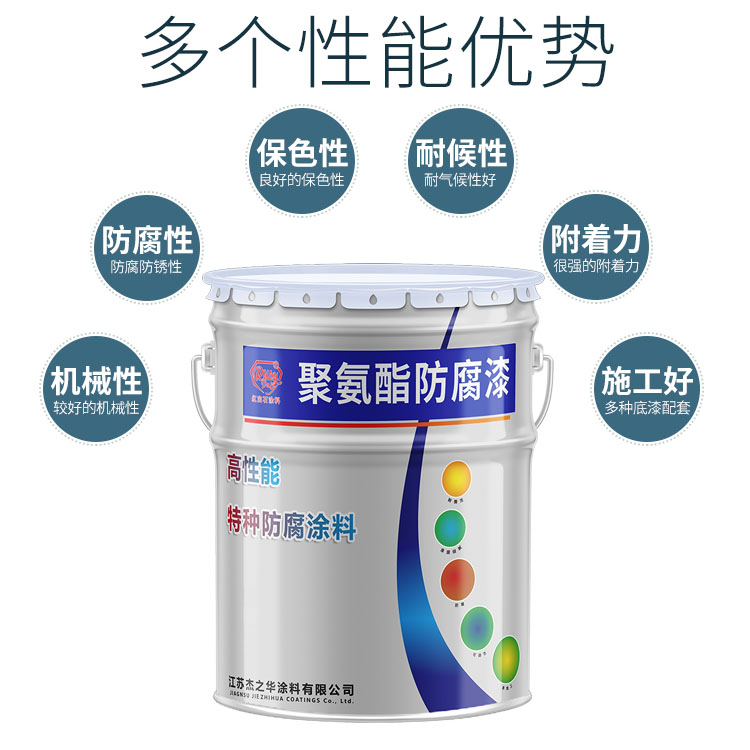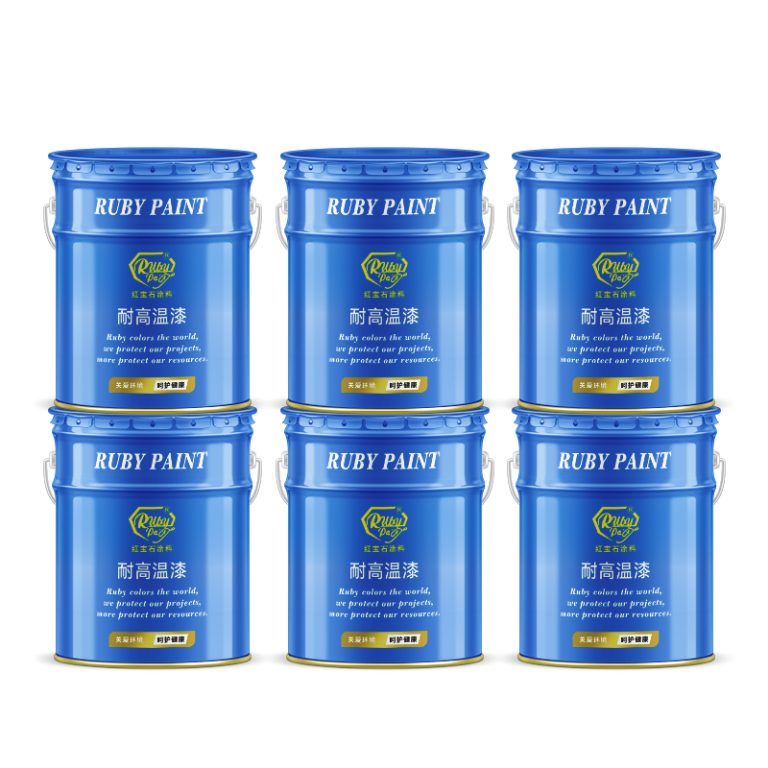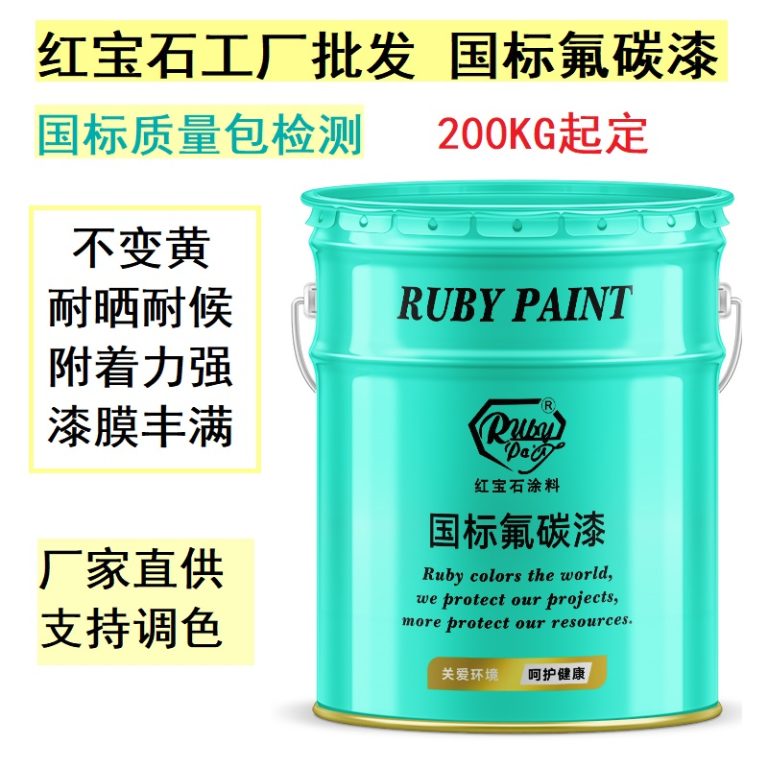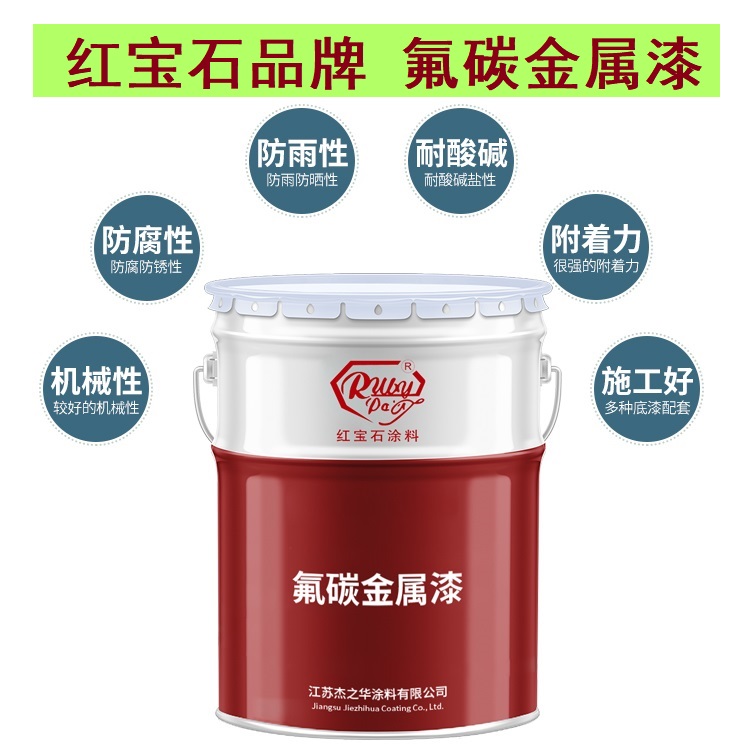Table of Contents
Comparison Of Durability And Performance: Fluorocarbon Coated Vs Fluorocarbon Fishing Lines
Fluorocarbon fishing lines have become increasingly popular among anglers due to their numerous advantages, such as low visibility underwater and high abrasion resistance. However, within the realm of fluorocarbon lines, there exists a distinction between fully fluorocarbon lines and fluorocarbon-coated lines. Understanding the differences in durability and performance between these two types of lines can significantly impact an angler’s success and overall fishing experience.
| Serial Number | Article Name |
| 1 | Fluoracarbon paint |
Fluorocarbon fishing lines are made entirely from fluorocarbon, a compound that consists of carbon and fluorine molecules. This composition gives the line its unique properties, such as being nearly invisible underwater due to its refractive index, which is similar to that of water. Additionally, fluorocarbon lines are denser than water, allowing them to sink faster and maintain a straighter line from the rod tip to the lure. This characteristic is particularly beneficial when fishing in deeper waters or when precise lure placement is crucial.
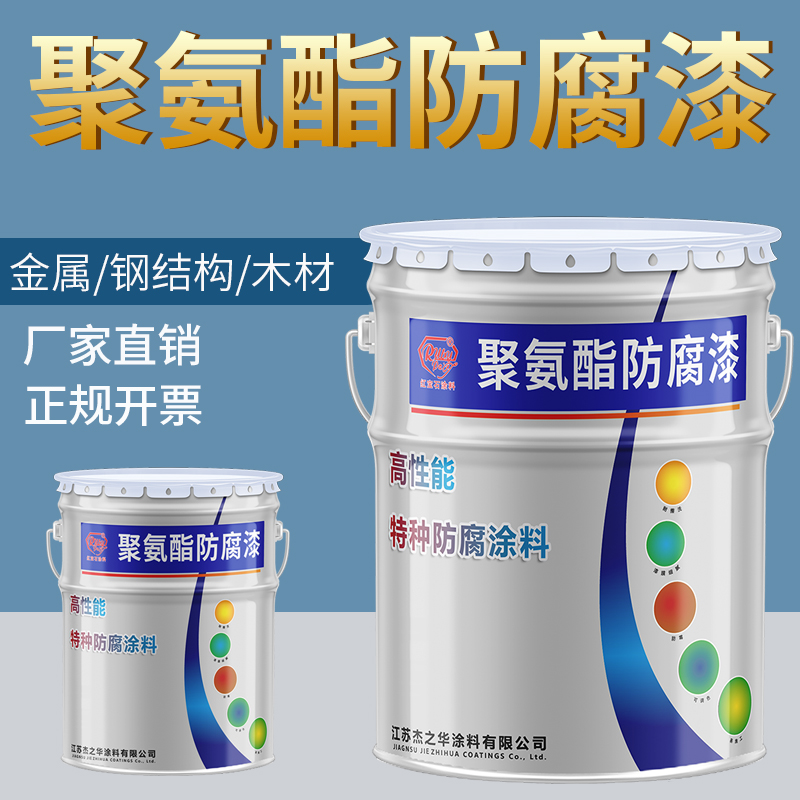
On the other hand, fluorocarbon-coated lines are typically constructed with a core of another material, such as nylon, which is then coated with a layer of fluorocarbon. The primary advantage of this design is cost-effectiveness, as these lines are generally less expensive than their fully fluorocarbon counterparts. The fluorocarbon coating still offers some level of invisibility and resistance to abrasion, making it a suitable option for anglers who are looking for a balance between performance and affordability.
When comparing the durability of these two types of lines, fully fluorocarbon lines tend to be more resistant to abrasion and UV damage. This is because the entire line is made of fluorocarbon, providing uniform protection throughout. These lines are less likely to weaken over time and can withstand harsh fishing environments, making them a preferred choice for anglers who frequently fish around structures or in areas with sharp rocks.
In contrast, fluorocarbon-coated lines may not offer the same level of durability. Although the outer fluorocarbon layer does provide some protection, the inner core material is still susceptible to damage. Over time, the coating can wear off, especially with frequent casting and retrieval, exposing the less durable core. This can lead to a decrease in the line’s overall strength and performance.
| Number | Products |
| 1 | Fluoracarbon primer paint |
Performance-wise, fully fluorocarbon lines offer superior sensitivity and a faster sink rate, which are crucial for detecting subtle bites and reaching target depths quickly. The lack of stretch in fluorocarbon lines also allows for more direct energy transfer from the rod to the lure, providing better hook-setting power. These attributes make fully fluorocarbon lines highly effective for techniques that require finesse and precision.
Fluorocarbon-coated lines, while still offering some benefits of fluorocarbon, such as reduced visibility, may not perform as well in terms of sensitivity and sink rate. The presence of a different core material can introduce more stretch and memory to the line, potentially affecting an angler’s ability to feel bites and control the lure.
In conclusion, when choosing between fluorocarbon-coated and fully fluorocarbon fishing lines, anglers should consider their specific needs and the conditions in which they will be fishing. While fluorocarbon-coated lines provide a cost-effective alternative with some advantages of fluorocarbon, fully fluorocarbon lines offer superior durability and performance, making them a worthwhile investment for serious anglers seeking optimal results.
Environmental Impact And Cost-Effectiveness: Analyzing Fluorocarbon Coated And Pure Fluorocarbon Materials
Fluorocarbon materials, including both fluorocarbon coated and pure fluorocarbon, have become increasingly popular in various industries due to their unique properties such as chemical resistance, thermal stability, and low friction. However, when considering their environmental impact and cost-effectiveness, it is essential to analyze the differences between these two types of materials.
Fluorocarbon coated materials consist of a substrate, typically made from a less expensive or less durable material, which is then coated with a layer of fluorocarbon polymer. This coating process allows manufacturers to leverage the beneficial properties of fluorocarbons while reducing material costs by using a cheaper base material. The coating also serves as a protective barrier, enhancing the durability and lifespan of the product. As a result, fluorocarbon coated materials can be a cost-effective solution for applications that require the specific properties of fluorocarbons but do not justify the use of solid fluorocarbon materials.
On the other hand, pure fluorocarbon materials are composed entirely of fluorocarbon polymers, such as polytetrafluoroethylene (PTFE) or perfluoroalkoxy (PFA). These materials offer the highest performance in terms of chemical resistance and thermal stability. Pure fluorocarbon materials are often used in demanding applications, such as in the chemical processing or aerospace industries, where superior performance is critical. Although these materials come with a higher initial cost, their longevity and reliability can lead to long-term cost savings by reducing the need for frequent replacements and maintenance.
From an environmental perspective, both fluorocarbon coated and pure fluorocarbon materials present challenges. The production of fluorocarbon polymers involves the use of perfluorinated chemicals, which are known to be persistent in the environment and have been linked to various health concerns. The environmental impact of these materials is further compounded by their resistance to degradation, which means they can persist in the environment for extended periods.
However, there are differences in the environmental footprint between fluorocarbon coated and pure fluorocarbon materials. Fluorocarbon coated materials typically use less fluorocarbon polymer overall, as the coating is only a thin layer on the surface of the product. This can result in a lower volume of fluorocarbon material entering the environment compared to products made entirely from pure fluorocarbon. Additionally, by extending the lifespan of the base material through coating, fluorocarbon coated materials can help reduce waste and resource consumption.
In contrast, pure fluorocarbon materials, while more durable and resistant to degradation, can contribute to a greater accumulation of fluorocarbon polymers in the environment due to their full composition of these polymers. The disposal of products made from pure fluorocarbon can be problematic, as they are not easily recyclable and can remain in landfills for many years.
In conclusion, when evaluating the environmental impact and cost-effectiveness of fluorocarbon coated versus pure fluorocarbon materials, it is important to consider the specific requirements of the application and the long-term implications of each material choice. Fluorocarbon coated materials may offer a more cost-effective and potentially less environmentally impactful solution for certain applications, while pure fluorocarbon materials may be necessary for high-performance applications despite their higher cost and environmental challenges. Ultimately, the decision should be guided by a careful assessment of performance needs, environmental considerations, and cost factors.

